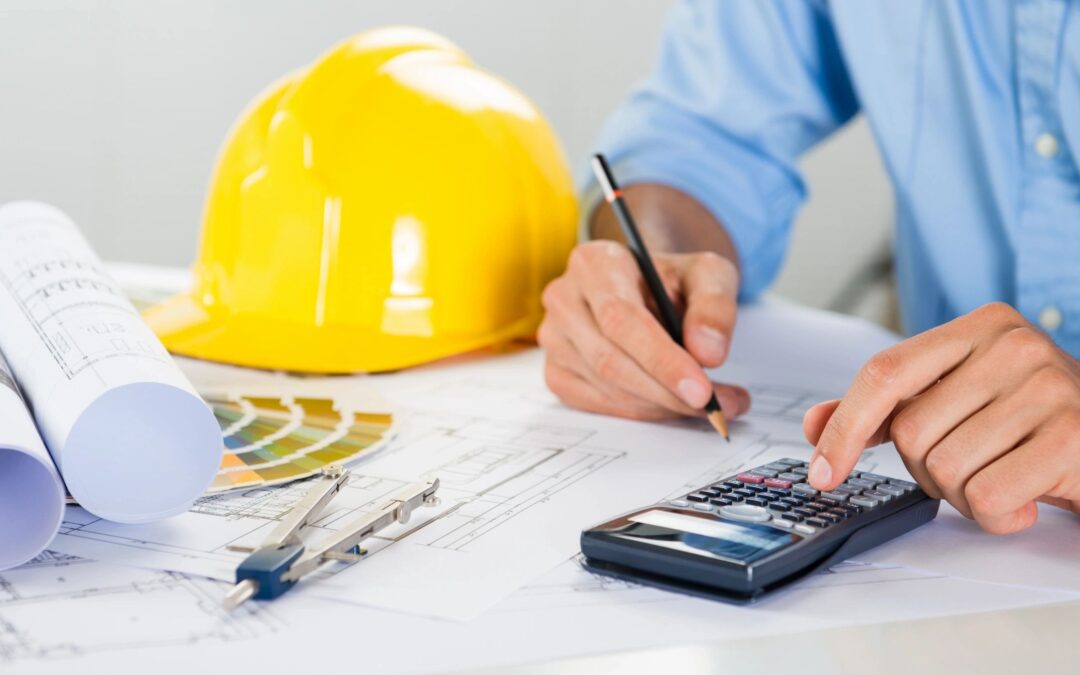The last five years have been a quiet time for building construction and design in the United States. According to the US Census Bureau, the volume of construction in the last 5 years is nearly 30% less than the previous five years and is still lower today than it was 10 years ago, despite inflation. But buildings are still getting older and families are still growing so much of the work that wasn’t done during the “Great Recession” still remains to be done at a future point. The past several months have seen an uptick in inquiries to both architects and contractors alike, so if you are among those who have deferred dreams or maintenance on your home or business, what should you be looking for? In general, you need to start with a good plan. Depending on the project this planning work can be done by first choosing an architect, an interior designer, or an engineer/contractor. They can help you envision what you are hoping to achieve and document the changes so that contractors can review the work and give you an “apples to apples” comparison. If done correctly, the design will help maximize the benefit for your limited resources and help minimize confusion, change orders, and cost overruns once construction starts. The designers are not just putting the icing on the cake but help make sure that the recipe for the cake is right and that you are making the best use of your ingredients. They are there to help you get the necessary approvals and fit the program into the smallest volume possible as space is not only expensive to build, it is also expensive to heat, cool and repair over time. They hopefully will be there to help you put together a coordinated and complete drawing and specification set so that the contractor has all the necessary information to bid and build your project without coming back for additional requests because it “wasn’t in the drawing.” It has been said that “the longest way to a destination is to try to take a short cut” and this is certainly true in the world of design and construction cost.
What should you be looking for in an architect? Look for a firm that is creative and competent but most of all find someone you can trust on a personal level. Your job as a client is to find a good architect not second guess them at every decision as that is a waste of both your time and energy and theirs. Look for a designer that has a good educational background so that they will be basing your design on the best projects of the past and not inventing the project from scratch. Find a firm that genuinely cares about you and your project. Architects work on a variety of bases: time and materials, percentage of cost, and lump sum are just a few of the alternatives and each contract is different.
Once you have the design and construction drawings, how do you find a good contractor? Hopefully, your designer will have some names to help you get started but each contractor has their own strengths and weaknesses. The highest quality firm is never the least expensive. The fastest contractor is generally not the best value. Decide what is important to your project and try to find the contractor that most closely fits that profile. They may not be the very lowest bidder on your project. Start with a good set of “contract documents” that your designer should help prepare on your behalf. Robert Frost observed that “Fences make good neighbors” and the same is true of contracts. If everyone knows and conforms to their responsibilities during the construction process, then the project typically goes very smoothly. Construction can be a challenging process and a good plan and complete set of construction documents provide a road map for the project to try to minimize the missteps and change orders that can occasionally bedevil projects. Find out what other projects each of your bidders are working on and ask them for references of projects similar to yours to hear previous clients’ experiences.
Most buildings are the primary investment that families and businesses make and so it only makes sense to treat these important assets with care and attention. If you choose a good designer and a good contractor these assets will last longer, cost less to operate and maintain, and will sell for much more once you are ready to let someone else take the building or property off of your hands! Good luck and happy hunting!
For more information on when and how to choose an architect, read: How to Choose an Architect.
Looking to remodel your home? Let’s connect.
Join the Architectural Forum to stay up-to-date with architectural news from Rhode Island and abroad.
Ross Sinclair Cann, AIA, LEED AP, is a historian, urban planner, educator, and practicing architect living and working in Newport.
